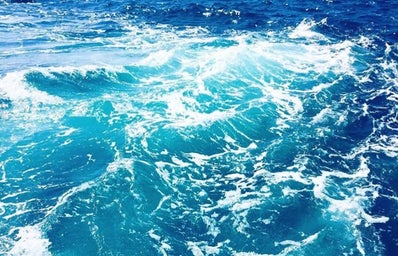Sharks: predators of the ocean that have outlived the dinosaurs, and continue to dominate in the food chain of marine ecosystems. More than 500 species of shark roam in our oceans, with more being discovered each year as our deep sea technology progresses. Sharks come in various shapes and sizes, including flattened angel sharks, long-snouted goblin sharks, gigantic whale sharks (approximately the size of a school bus!) as well as the peculiar hammerhead sharks. Although widely recognized for their flattened and laterally extended heads, have you ever wondered why the hammerhead shark looks like that? In this article, we’re going to look into the evolutionary reason and benefits that such head extensions, also structurally known as a cephalofoil, provide to the hammerhead shark species.
Hammerhead sharks, also known as Sphyrnidae, are a type of carnivorous cartilaginous fish that can live from 20 to 30 years. They are found in temperate and tropical waters around the world, as they go back and forth between the shoreline and to the deep sea. Their size can range from 13 to 20 feet and weigh from 500 to 1000 pounds! There are nine different species of hammerhead sharks, including the scalloped hammerhead and the bonnethead.
Now we shall answer the question: why do hammerhead sharks look like that? There are three main scientific theories analyzing the function of the cephalofoil: it increases sensory abilities, prey handling capabilities, and maneuverability. Firstly, their sensory abilities increase due to their widely-spaced apart nostrils. As a result of the lag delay from smells to reach one nostril to the other, it allows hammerheads to finely discriminate the timing of smells between both nostrils, and therefore, improves the ability to follow scents and locate prey. Additionally, the expanded surface area of the cephalofoil allows for more electroreceptive organs, which functions to detect the weak bioelectric fields of their prey. Secondly, hammerheads’ prey handling capabilities increase as some bottom-dwelling hammerhead species have been observed using their wide snout to ram and pin prey against the ground before biting them. Furthermore, their laterally deviated eyes allow for a wider field of view and may increase anterior depth perception. Lastly, the cephalofoil’s maneuverability is increased due to hydrodynamic lift caused by its shape. Through some physics voo-doo I don’t understand, it allows for the shark’s explosive maneuverability, causing quick and sharp turns of its head to snatch its prey.
So there you have it, the reason that hammerheads look the way they do! Unfortunately however, due to overfishing, lack of protection and information, as well as shark culling, which is the deliberate act of killing a shark, hammerhead sharks are becoming endangered, with the scalloped hammerhead and the great hammerhead at current most concern. Things that we as individuals can do to help the hammerheads is by signing petitions advocating for such species to be listed under national endangered species acts (and therefore granting them protection) as well as donating to non-profit marine conservation organizations! And… talking about how cool they are works too. ;)


